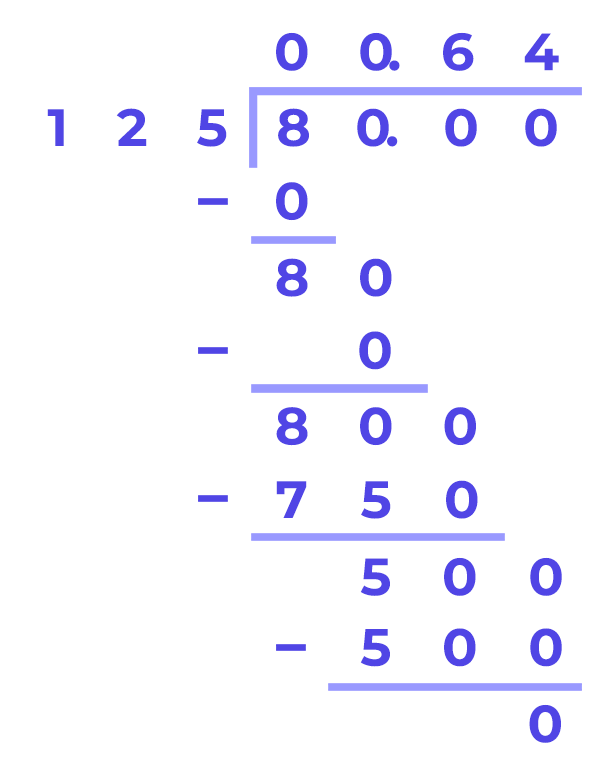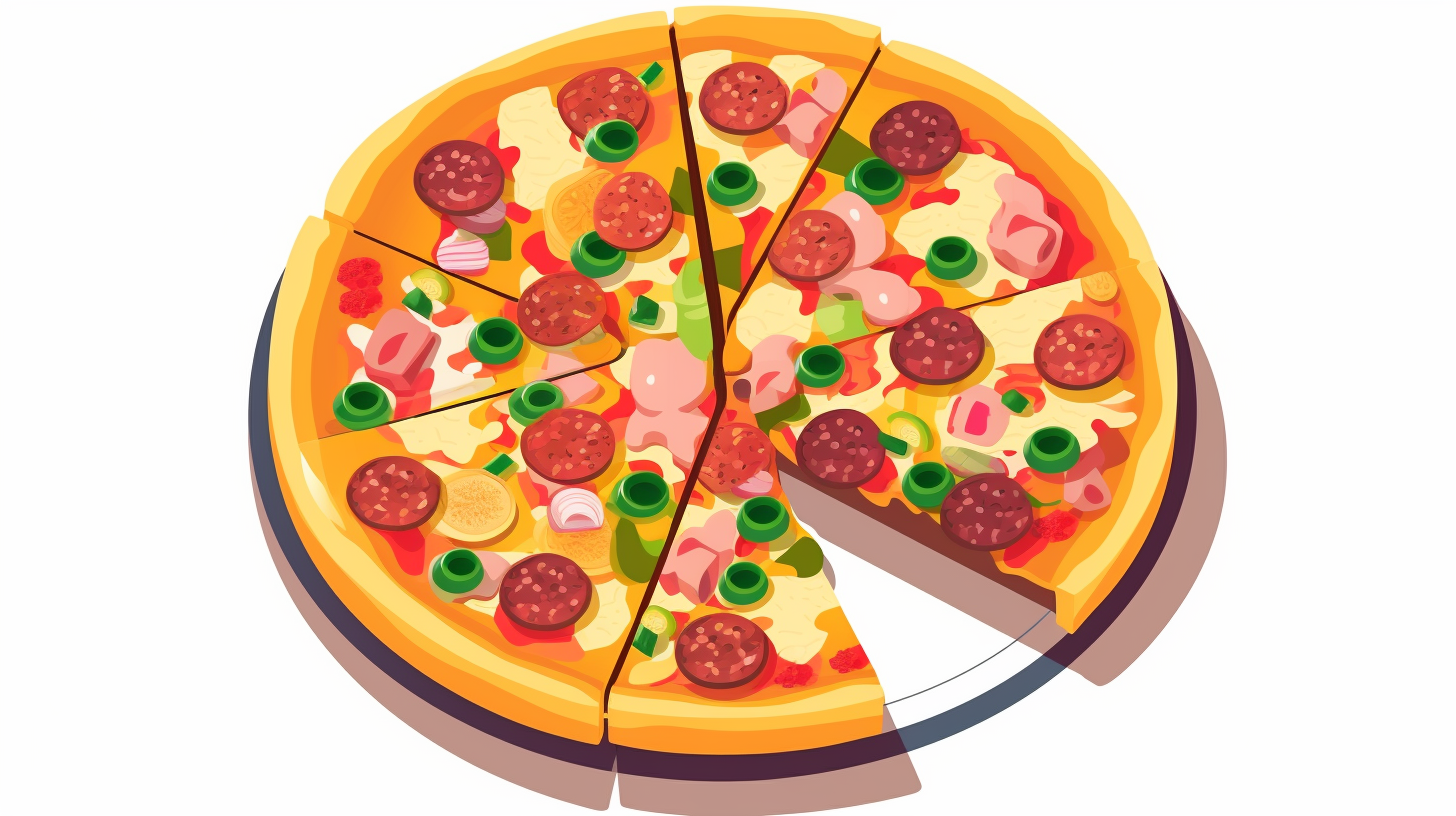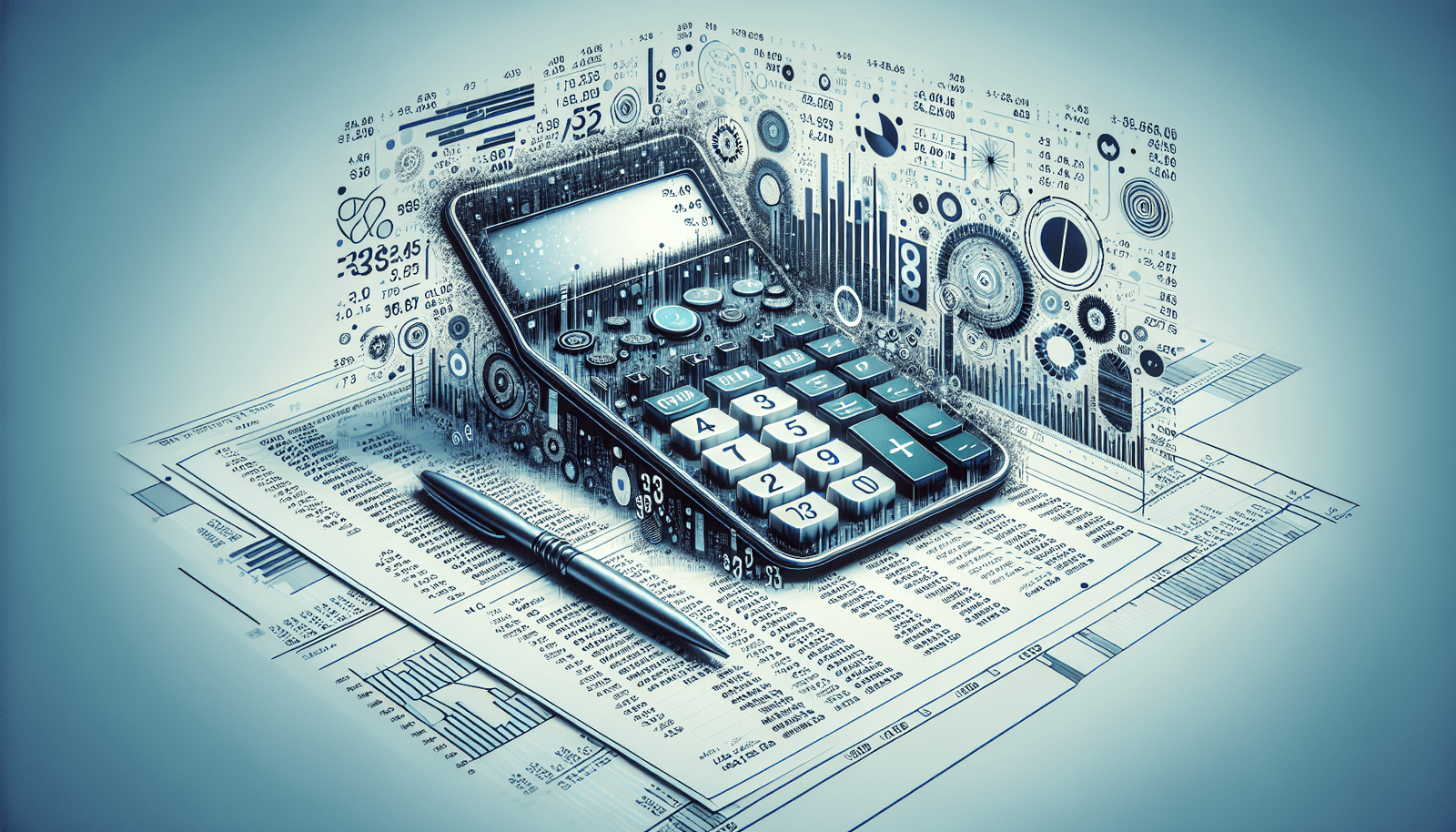Have you ever found yourself struggling to convert fractions into decimals manually? The process can be tedious and time-consuming. Fortunately, the Fraction to Decimal Calculator can make this task much simpler. This online tool quickly and accurately converts fractions to decimal points, with customizable rounding options for your convenience.
 Fraction to Decimal Calculator
Fraction to Decimal Calculator
What is the Fraction to Decimal Calculator?
The Fraction to Decimal Calculator is an easy-to-use online tool designed to convert fractions to decimals. It allows you to specify rounding options to get the most accurate or appropriate result for your needs. This versatile tool eliminates the need for manual calculations, streamlining what could otherwise be a cumbersome process.
How Does It Work?
You can convert fractions by entering the numerator (the top number) and the denominator (the bottom number) into the calculator. Select how many decimal places you want to round to, and press calculate. The tool will provide the decimal equivalent and also display the steps used in the conversion process. This makes it an educational tool as well as a practical one.
Types of Fractions
Before we go further, let’s understand the different types of fractions. Knowing these types can help you grasp the conversion processes better.
Proper Fractions
A proper fraction is where the denominator is greater than the numerator. For example, in the fraction 10/11, 10 is less than 11.
Improper Fractions
Improper fractions have a numerator that is equal to or greater than the denominator. For instance, in the fraction 5/4, 5 is greater than 4.
Mixed Fractions
Mixed fractions consist of a whole number and a proper fraction. An example is 1 1/4, which combines the whole number 1 with the proper fraction 1/4.
Unit Fractions
Unit fractions have a numerator of 1, such as 1/4. These fractions are straightforward and often easier to work with.

This image is property of www.calculator.io.
Decimals Explained
Decimals can be easier to work with in some situations than fractions. Here are the main types you might encounter:
Terminating Decimal Numbers
A terminating decimal has a finite number of digits after the decimal point. For example, 1.23 is a terminating decimal.
Non-Terminating Decimal Numbers
Non-terminating decimals have an infinite number of digits after the decimal point and can be further categorized:
Recurring Decimals
These are non-terminating decimals where a sequence of digits repeats in a pattern, such as 0.3333… which can be represented as 0.(3).
Non-Recurring Decimals
These have infinite digits after the decimal point that do not follow a repeating pattern. A well-known example is the number π (pi), approximately 3.14159 but continuing infinitely without repeating.
Manual Conversion Methods
If you’re curious about how to convert fractions to decimals manually, there are a couple of methods you could use:
Converting the Denominator to 10, 100, or 1,000
This method involves finding an equivalent fraction where the denominator is 10, 100, 1,000, etc., and then dividing the numerator by the denominator. For instance, to convert 1/4 to a decimal, you could find an equivalent fraction with a denominator of 100, which would be 25/100, and then divide 25 by 100 to get 0.25.
Direct Division
You could also directly divide the numerator by the denominator using manual calculations or a basic calculator. This method is particularly useful for improper and mixed fractions. For example, dividing 7 by 5 gives you 1.4.
| Fraction | Numerator | Denominator | Decimal |
|---|---|---|---|
| 1/4 | 1 | 4 | 0.25 |
| 5/8 | 5 | 8 | 0.625 |
| 7/3 | 7 | 3 | 2.333… |

This image is property of www.calculator.io.
Applications of Fraction to Decimal Conversion
Converting fractions to decimals can be helpful in many practical situations. It allows for easier comparison and calculations in different contexts.
Comparison Example
When you need to compare which fraction is larger, converting them to decimals can simplify the process. For instance, comparing 5/8 and 3/4 is easier when you convert them to 0.625 and 0.75, respectively, immediately showing that 3/4 is larger.
Real-Life Example
Consider a scenario where you need to compare how much pizza two different people ate. If one person ate 3/8 of a pizza and another ate 4/5, converting these to decimals (0.375 and 0.8) can help you see who ate more at a glance.
Percentage Calculation
Decimals are often used to calculate percentages, making them useful for various applications, especially in finance and statistics. For example, converting 3/5 to a decimal (0.6) can help you quickly see that this is equivalent to 60%.
Additional Use Cases
Whether you are a student trying to solve a math problem or a professional dealing with data, understanding how to convert fractions to decimals makes complex tasks simpler.
Related Calculators
To make your math tasks smoother, several other calculators can be of great help:
Fraction Calculator
This calculator assists in performing basic arithmetic operations with fractions such as addition, subtraction, multiplication, and division.
Decimal to Fraction Calculator
As the name suggests, this tool converts decimal numbers back into fractions, making it useful for various applications.
Simplifying Fractions Calculator
When you have a complex fraction, this calculator helps in reducing it to its simplest form.
Mixed Fraction Calculator
This tool can convert improper fractions to mixed numbers and vice versa. It also assists in calculations involving mixed fractions.
Fraction to Percent Calculator
This is particularly useful for quickly converting fractions to percentages, making it easier to interpret data.
Equivalent Fractions Calculator
Find fractions that are equivalent to the given fraction. This can help in simplifying calculations or understanding relational values better.
Adding Fractions Calculator
Adding fractions can be tricky, but this calculator simplifies the process by automatically finding a common denominator and summing up the fractions.
Conclusion
Manual conversion of fractions to decimals can be a challenging task, but tools like the Fraction to Decimal Calculator make it significantly easier. By understanding the different types of fractions and their conversion methods, you can handle a wide array of mathematical problems more efficiently.
Whether you’re working with proper, improper, mixed, or unit fractions, this tool offers quick, accurate, and educational insights. The ability to convert fractions to easy-to-read decimals helps in various applications from simple comparisons to complex calculations and real-life scenarios. With the added flexibility of different related calculators, you can be well-equipped to handle any fraction-related math problems with ease and confidence.
